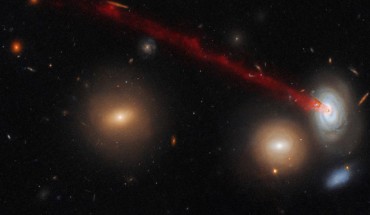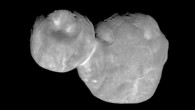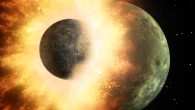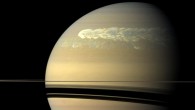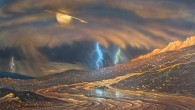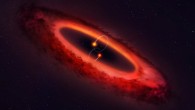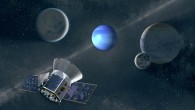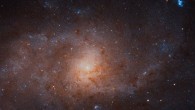A long streamer of hydrogen gas is being stripped from a spiral galaxy called D100 as it plunges toward the center of the Coma cluster (also known as Abell 1656), a large group of galaxies approximately 330 million light-years away in the northern constellation of Coma Berenices. Eventually, D100 will lose all of its gas and become a dead relic, deprived of the material to create new stars and shining only by the feeble glow of old, red stars. This...

